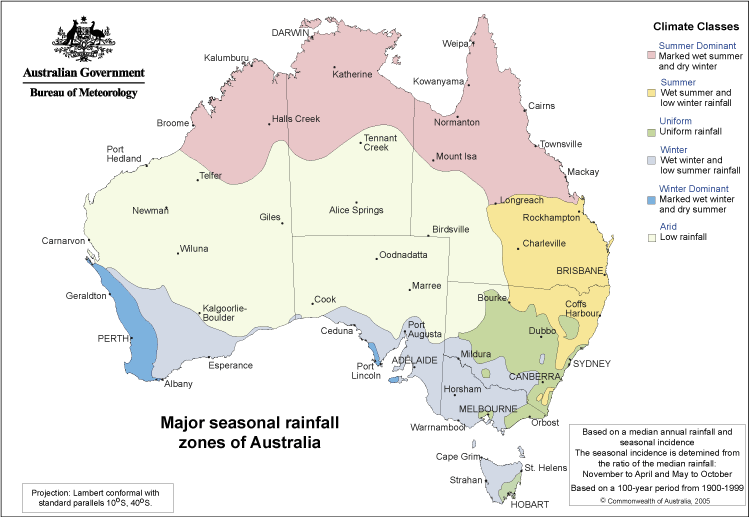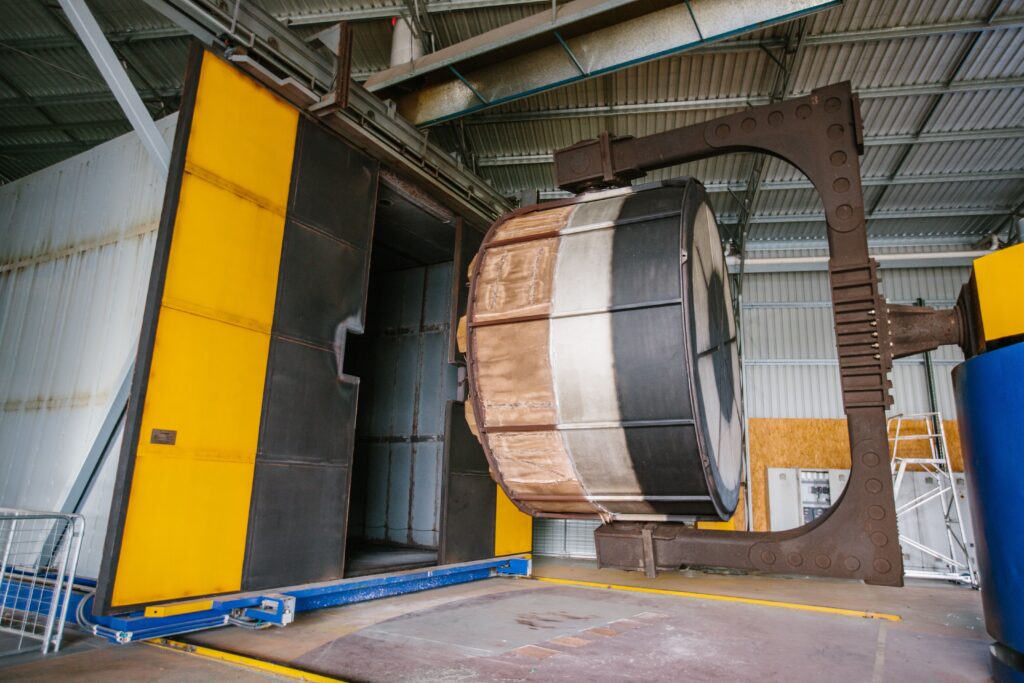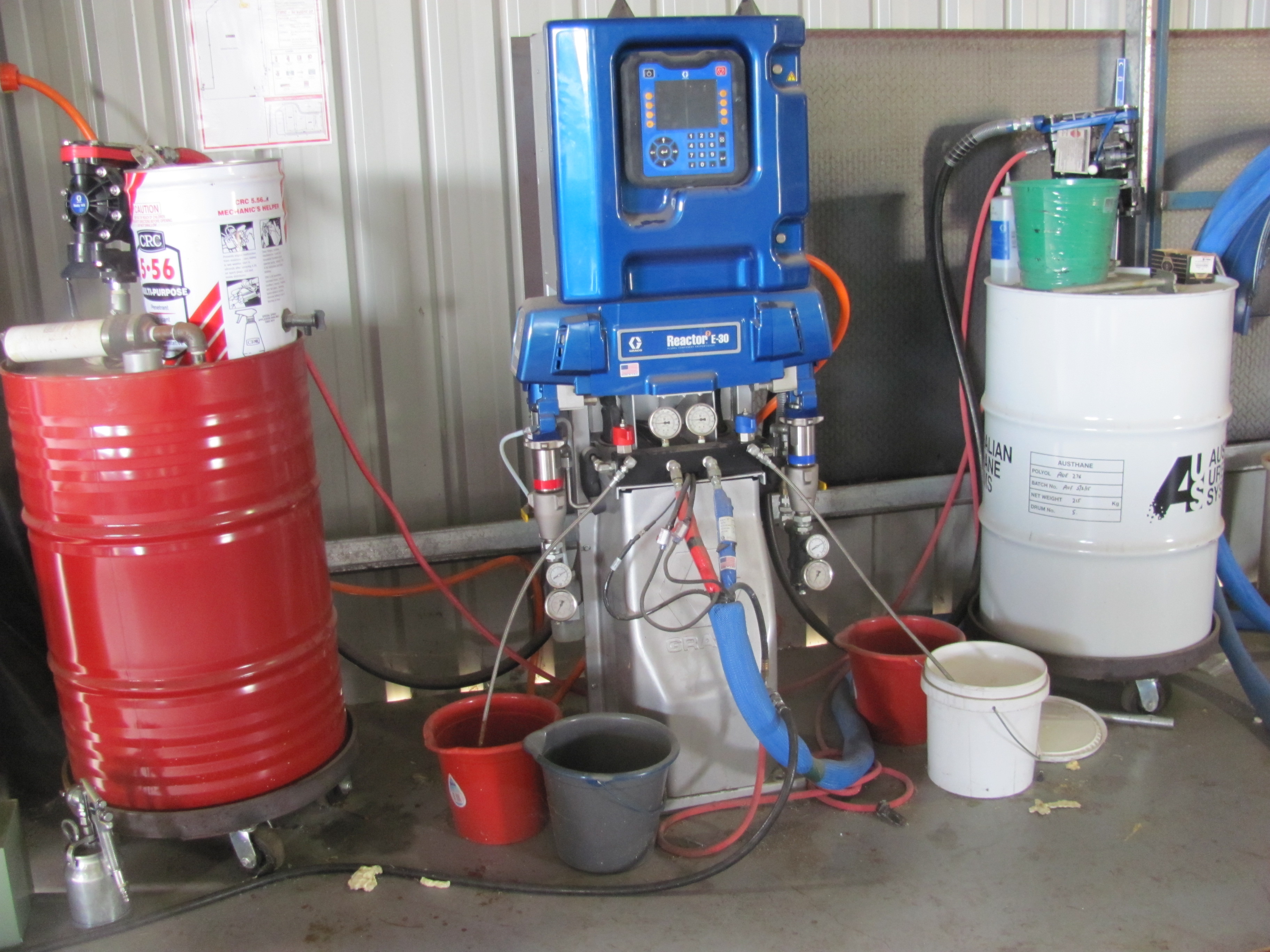Global’s rainwater and storage tanks are suitable for rural Australia
Rural properties have a few different needs to urban homes when it comes to rainwater and storage tanks.
Often rural properties have no access to a mains water supply and rely solely on a large storage tank for water that’s safe for drinking and for household usage too. They may also be required to have water in reserve for the rural fire service and need an extra tank with sizing specified by the rural fire service. A rural property may also need a storage tank if it’s a working farm with livestock that needs water or crops that need spraying and fertilising.
What to consider when purchasing a rainwater tank for a rural property
Are you connected to the mains water supply?
If a rainwater tank is to be your primary water supply on a rural property, you’ll need to consider what type of tank can provide the safest drinking water for your family, as well as all the myriad of other uses you’ll need it for.
Concrete vs. Plastic
Traditionally, concrete tanks have been used for drinking water storage because the thickness of the concrete prevents the growth of algae and keeps the water cool and dark away from sunlight. However, installing a concrete tank can be an expensive undertaking. If you already have a concrete tank for drinking water and need a smaller tank, or several smaller tanks, for use around the property or stock water reticulation, then another concrete tank might not fulfil the job requirements.
Pro’s of plastic
These days rotomoulded tanks are perfectly suited for storing drinking water and they’re a lot cheaper and easier to install than concrete ones. They don’t require as much maintenance either! Plus they have increased flexibility around sizing. Rotomoulded tanks come in a range of capacities, such as aboveground tanks of 5,000 litres, all the way up to larger 45,000 litre tanks for containing a family’s annual drinking water.
Features of Global’s plastic tanks
Global’s rotomoulded tanks are constructed from a polyethylene plastic that is suitable for food contact use, i.e., storing drinking water, and are UV protected and mosquito resistant. They have a strong roof for above ground installation and come with a leaf strainer and light guard. They’re Australian made and constructed for Australian conditions.
The beauty of a Global rotomoulded tank is that some sizes can be installed underground if desired, so they’re out of sight and not cluttering your property. This is ideal if you need rainwater tanks for a wide variety of uses across your farm.
Other Global Tanks for Rural Properties
Global’s transportable Bigfoot cartage tanks are built sturdy and strong for rural properties. They come in a range of sizes from 2,000 litres to 15,000 litres and can be used for most liquids and chemicals depending on your intention.
Contact Global tanks today for more information on Bigfoot tanks or to get a better idea of which rural rainwater storage tanks will best suit your property.





